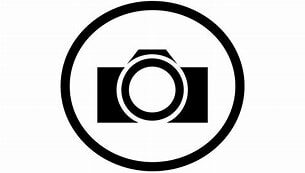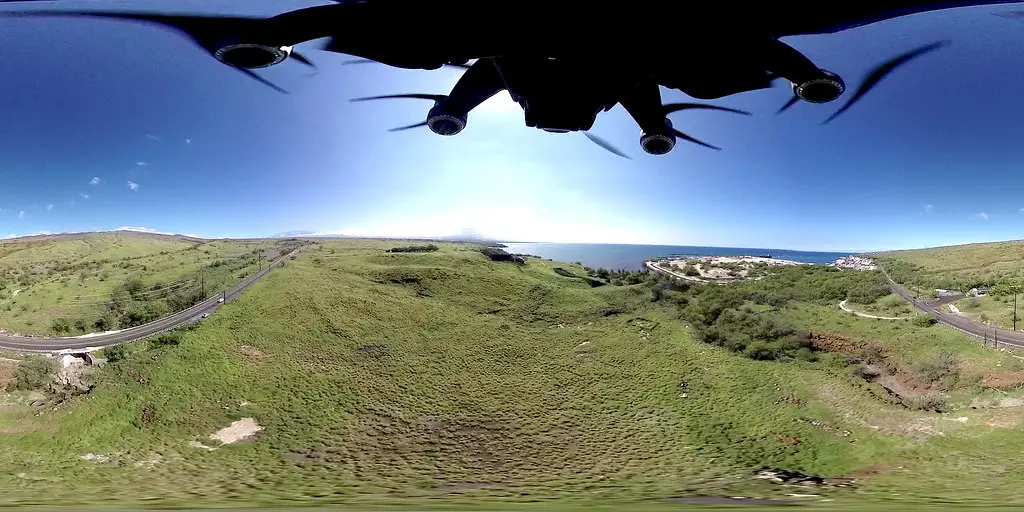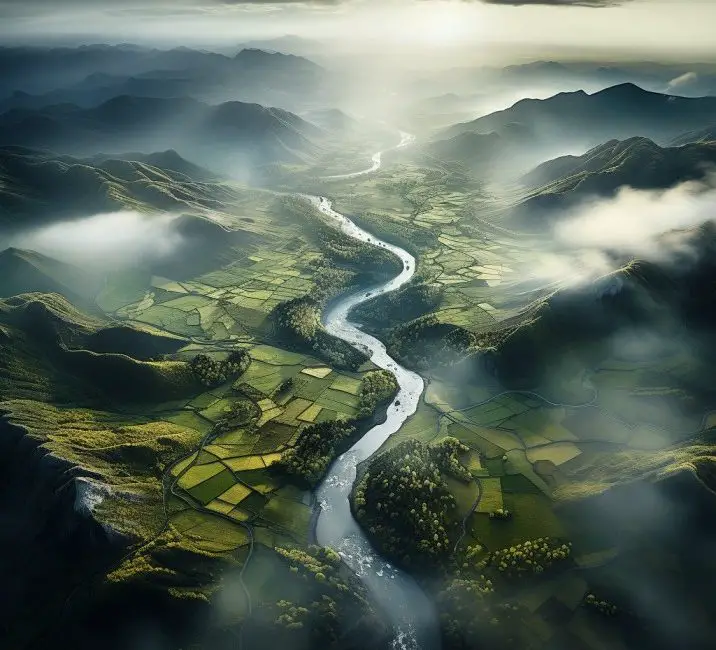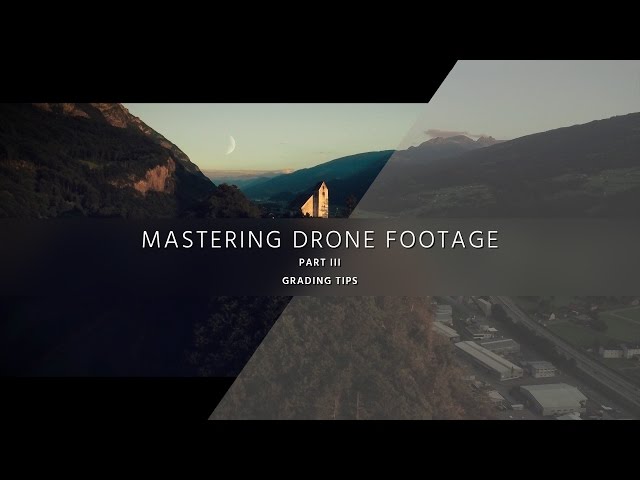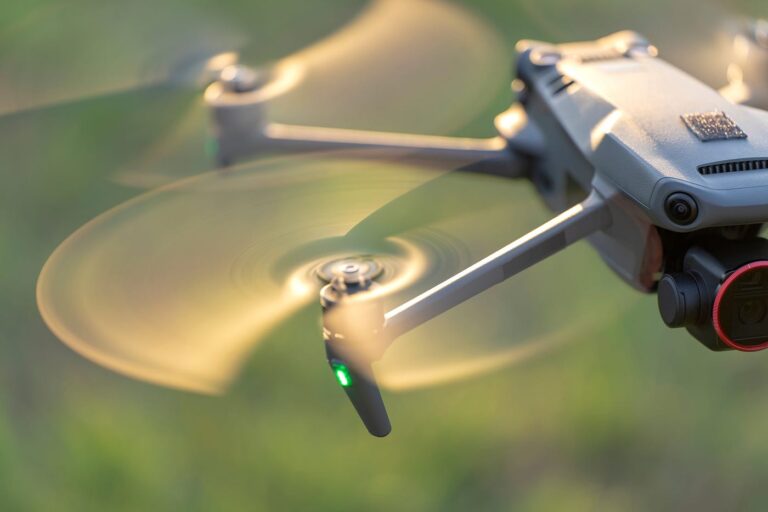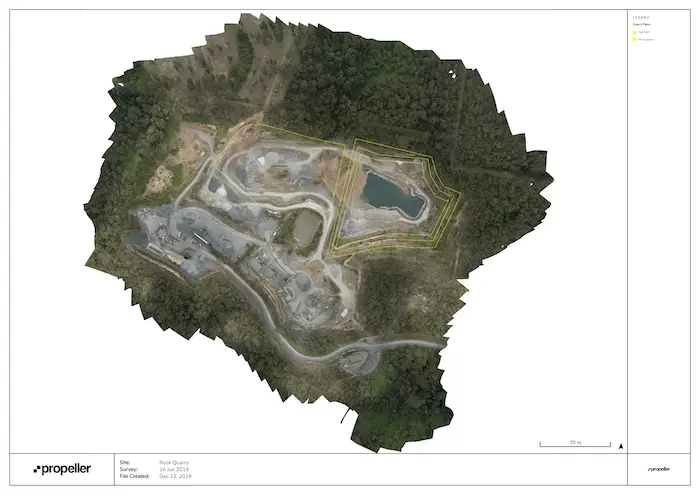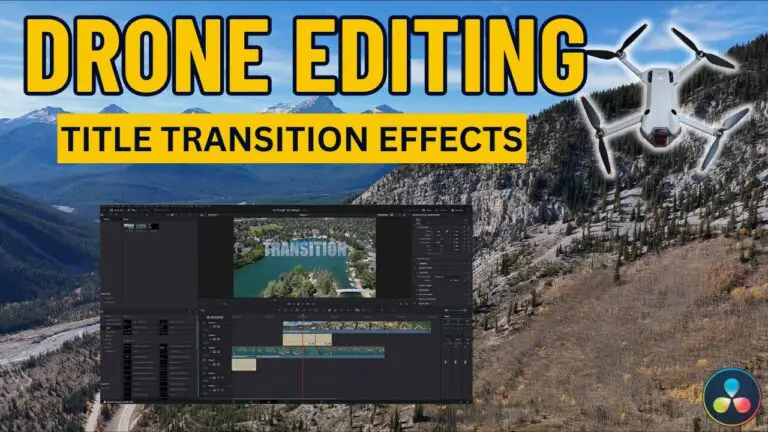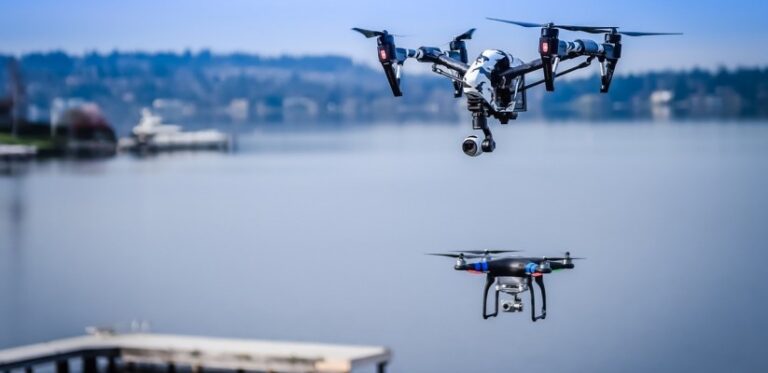Drone Photography Tips and Techniques for Capturing Breathtaking Views
In the wide, borderless canvas of sky, land, and sea, the integration of drone technology has brought a revolutionary shift in the field of photography. Enthusiasts can now capture perspectives once only accessible to pilots, presenting a stunning blend of artistry and innovation. Today, we’re zooming in on the art and science of drone photography—equipping drone pilots and photography aficionados with the know-how to take their aerial shots from impressive to awe-inspiring.
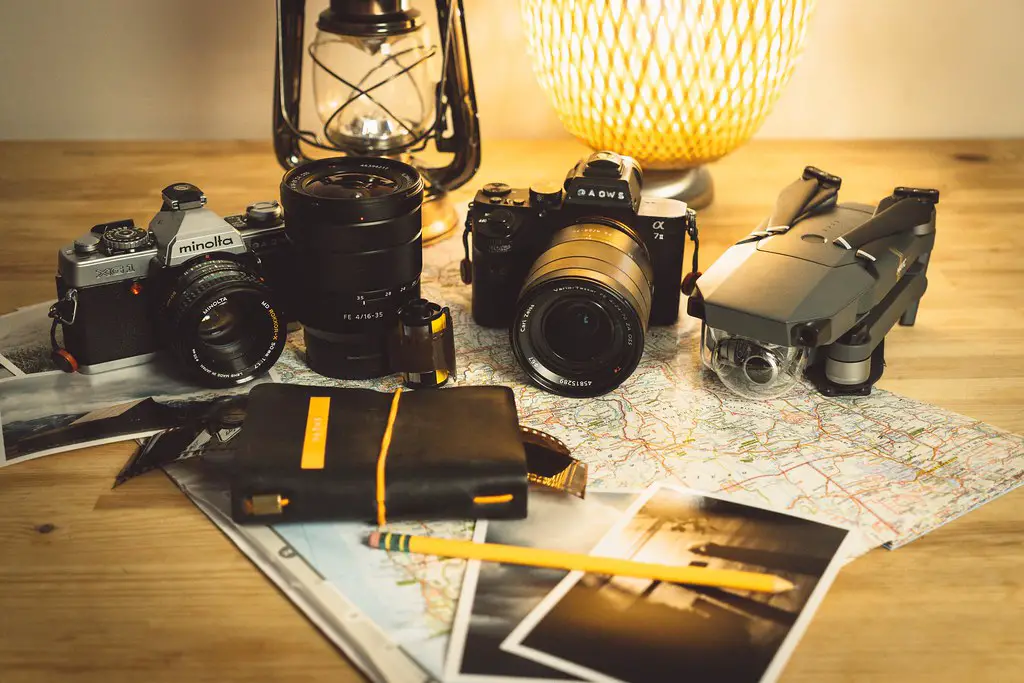
Introduction: The Rise of Drone Photography
The allure of high altitude has captivated artists and dreamers for centuries. But it wasn’t until the recent surge in drone technology that capturing these whimsical vistas became not just a dream, but a feasible passion for photographers worldwide.
The proliferation of drone photography is not just a fad—it’s a fascinating evolution that melds the exhilaration of flight with the precision of visual art. From social media platforms to fine art galleries, the images captured from these soaring vantage points are celebrated for their unprecedented perspective and sheer compositional grandeur.
Getting Started with Drone Photography
Choosing the Right Equipment
Your choice of drone and camera system is the bedrock of your aerial photography. It’s about balancing your budget with the features that matter most—do you prioritize image quality, flight time, or perhaps the capability to shoot in RAW? The DJI Mavic series, the Parrot Anafi, or a higher-end model like the DJI Phantom 4 Pro V2.0, all offer distinct advantages depending on your needs.
Understanding Regulations and Safety
Piloting drones is subject to stringent regulations in many jurisdictions. Familiarize yourself with these guidelines—altitude limits, no-fly zones, and privacy laws—to avoid legal consequences and uphold a safe airspace. Additionally, acquaint yourself with pre-flight checks and emergency procedures to ensure a stable and secure operation.
Essential Techniques for Breathtaking Shots
Composition and Framing in the Aerial Realm
The rules of photography remain largely unchanged, yet their application is magnified in drone photography. The golden ratio, leading lines, symmetry, and the rule of thirds can be used to guide the viewer’s eye across your image, anchored by unexpected aerial subjects and color contrasts.
Mastering Aerial Perspectives
Elevation, distance, and the oblique angle are at your command in the air. Experiment with low-level hovers for texture and detail, or ascend to reveal the shared story of pattern and form in the landscape below. The horizon line and the human presence in the frame are particularly potent devices for contextualizing your shots and evoking a sense of scale.
Utilizing Natural Light to Enhance Photos
The soft palette of dawn or the dramatic hues of dusk (the golden and blue hours, respectively) can transform a good image into a great one. However, the midday sun presents its own opportunities for high-contrast and vivid scenes. Be mindful of shadows and highlights, and consider the interplay of light and the landscape’s topography.
Advanced Tips for Professional Results
Editing Tools and Software Recommendations
Post-processing is an integral part of modern photography, perhaps more so with drone photography given the perspective and the sometimes challenging lighting conditions. Supplement your skill with photo editing software like Adobe Lightroom, Luminar, or Capture One, to fine-tune exposure, amend white balance, remove image noise, or apply selective color grading.
Incorporating Motion and Dynamic Elements
The wonder of aerial photography is found not just in the stillness, but in the animation of the landscape. Panning and tilting your drone can create cinematic motion, while the inclusion of moving subjects like cars, waves, or wildlife inject a storytelling element that resonates with viewers.
Experimenting with Different Angles and Heights
Like any groundbreaking device, there is an art to discovering the range of your drone’s capabilities. Tilt your camera straight down to capture aerial patterns, ascend to be eye-level with an urban skyline, or orbit around a stationary focal point to add depth and dynamism—every adjustment paints a different picture.
Showcasing Your Work
Building a Portfolio and Personal Style
Consistency in aesthetic and quality contributes to the power of your portfolio. Develop a personal visual narrative that distinguishes your work, whether it’s through themes, image treatments, or preferred subject matter, and keep refining it with each flight.
Engaging with the Drone Photography Community
Communities like Dronestagram, dedicated hashtags on Instagram, and local drone photography clubs are invaluable for sharing knowledge, finding inspiration, and getting feedback. From casual interactions to professional collaborations, these digital and physical spaces foster a supportive environment for growth.
Conclusion
Drone photography has opened a proverbial window that stretches far beyond our terrestrial realms. The reflections, shadows, and perspectives captured are reshaping the way we view our world—a world that is, from the vantage point of a drone, bewitchingly vast, varied, and visually arresting. With the right equipment, knowledge, and passion, every takeoff can be the prelude to a breathtaking story of the skies.
To pilots and photographers both novice and seasoned, the expanse of the sky awaits your creative exploration. Your drone is not just a tool—it’s a palette, a storyteller, and an invitation to share your unique vision of the boundless tapestry that is our earth. Fly high, find beauty, and capture the unforgettable—this is your time, this is your flight.
